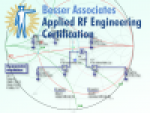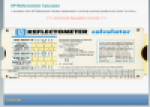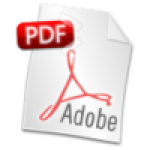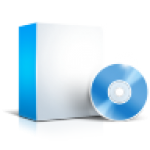Linear RF components such as filters, matching networks, low-noise amplifiers.
www.rfmentor.com
Tools and training to help your RF/Wireless career
Menu
Main menu
Quick Links
User menu
User login
Popular content
- Phase Noise Measurement Methods and Techniques (2012)
- Besser Associates Courses on Modulation
- Modern Wireless Signals
- The Effect of DC/LF Current in Ferrites for EMI
- Taking the Measure of Microwave Power Meters
- What is a PID Controller?
- 10 Hints for Making Successful Noise Figure Measurements
- Electronics and Electrical Engineering Tools
- Besser Associates Courses for RF Component Design
- Smith Chart Matching HTML 5 Version








